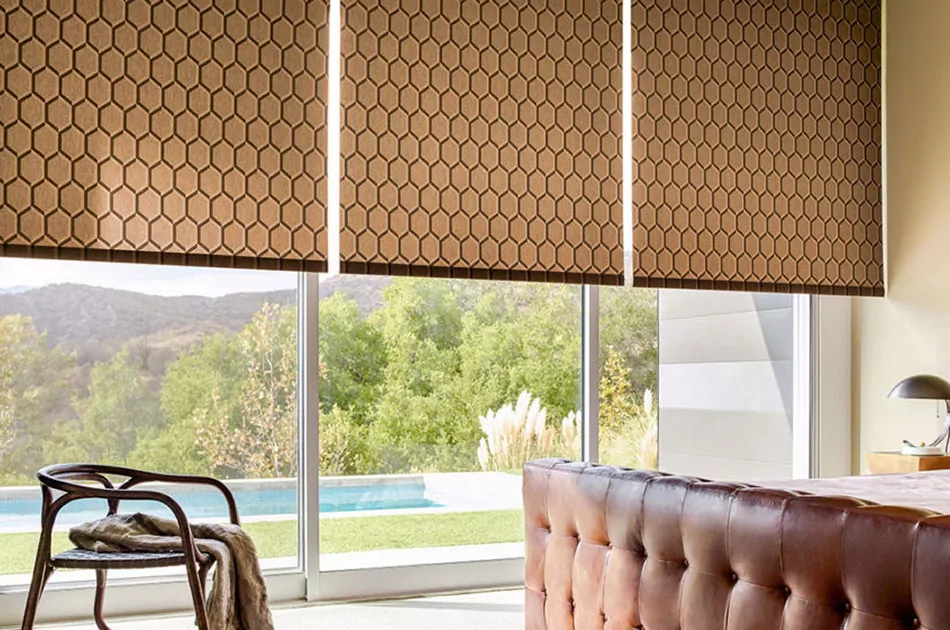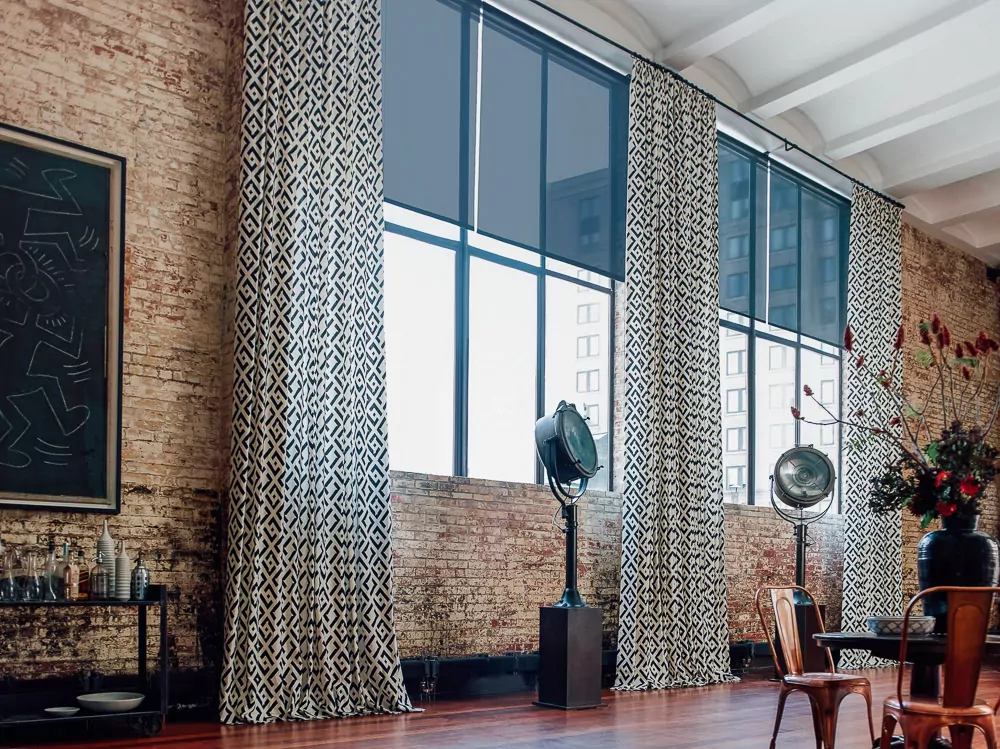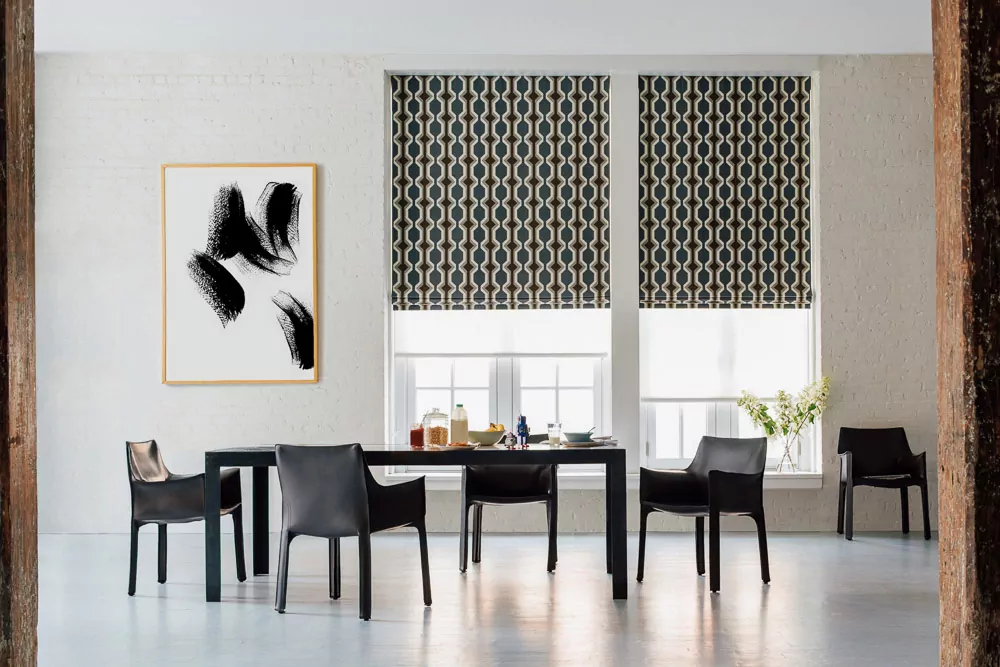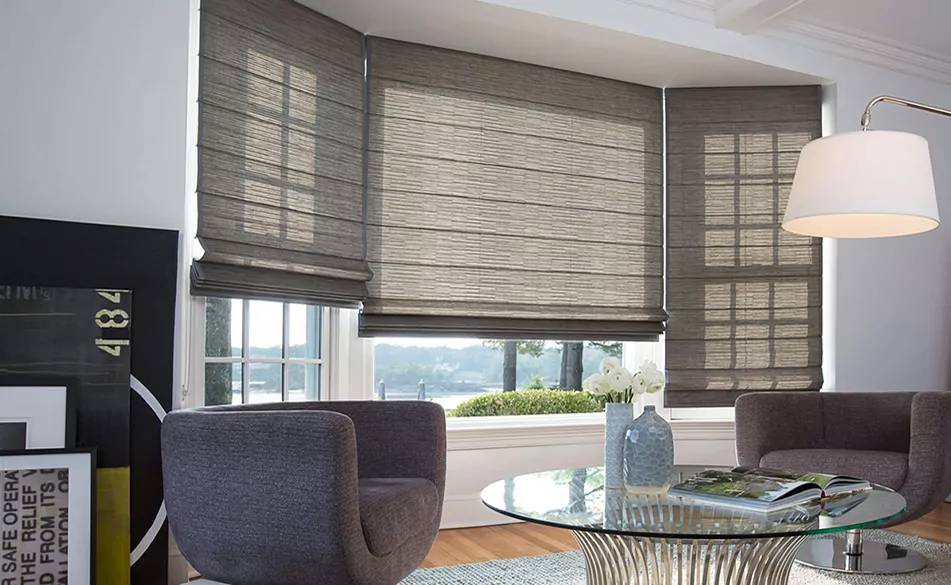2017 Window Treatment Trends: Popular Styles
2017 Window Treatment Trends: Popular Styles When you stop into a showroom or call The Shade Store, our design consultants are ready and waiting to provide expert design advice and help you choose the perfect window treatments for your home. Please welcome back Liz Irwin, a design consultant in our Garden City, NY showroom. Liz […]
2017 Window Treatment Trends: Popular Styles Read More »



